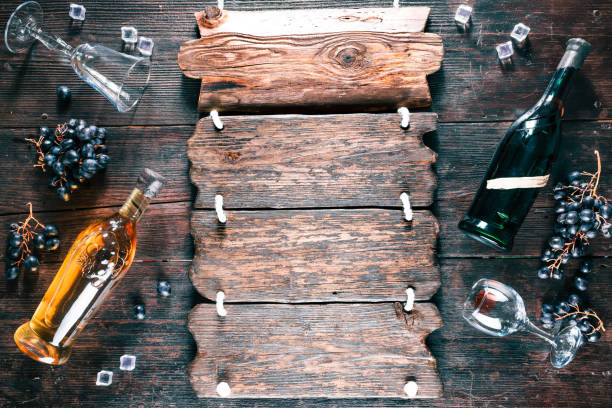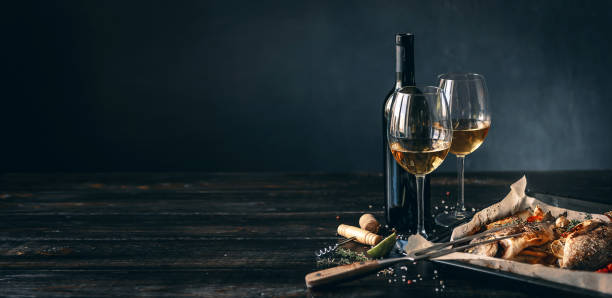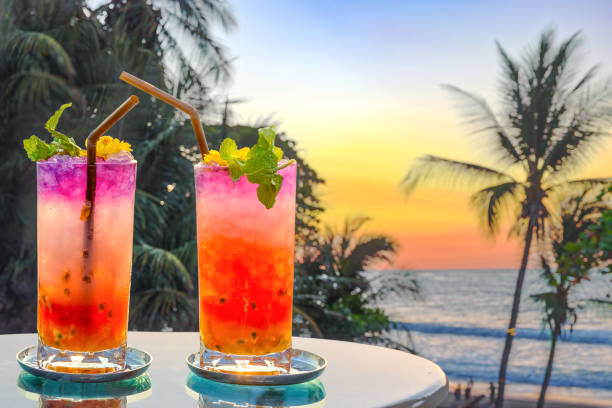What is a wine bar? This is a question that anyone considering this segment of the business should consider carefully.
What is a wine bar? This is a question that anyone considering this segment of the business should consider carefully. Eric Asimov recently defined the term in The New York Times. Here are some (but not all of) his key takeaways.
a) In the Americas, wine bars are based on traditional Western European establishments that had a native wine culture.
b) A trend in the late 20th century to educate patrons about wine failed. People go to bars to drink, eat and socialize, not to be educated.
c) “A variety of glasses is important, but it does not have to be large.”
“Food is simple. It’s nice to add some more substantial items, such as vegetables and charcuterie or salumi (or cheeses) to the traditional repertory. . . . Some wine bars do not even have stoves.
“Good wine bars should be informal gathering places in the neighborhood, not destinations.”
“Wine bars cater mainly to young people.”. . . They are located in areas with a vibrant nightlife, except for a few. “The clientele is not going straight home to their families at the end a day.”
The best new wine bars are those that offer selections popular with young wine drinkers, such as natural wines, orange or skin-contact wines, petillant wines, etc. There aren’t many places that sell classic Napa Valley Cabernets or Bordeaux.
The city influences Asimov’s New York City perspective. Do you agree or disagree with these definitions? His valuable observations are a good starting point for planning a wine bar.
You will benefit from the old real estate saying. Start by determining how many seats you think are ideal. Do you want outdoor space? It would help if you had a general idea of who you want to target: young professionals, government workers, a neighborhood hangouts, high-income individuals, or tourists. Start by scouting for real estate. Compare your vision with the reality. Will you change your concept to fit what is available or wait until the perfect location appears? This will depend on the current state of your income, budget, and flexibility.
Size: Determine the size of space that will best suit your needs. Keep in mind the office, the kitchen, the employee space, and any other important areas. Are you going to start a wine bar, or will you open a concept that offers food? This will help you decide the size of your kitchen. Do not forget to allow enough space for the bar and everything behind it. How many inches between tables?
Wine bars may also sell bottles and offer a tasting area where customers can buy bottles.
Inventory management and space: Once again, determine how much wine will be stored. Find a place with ideal storage conditions. Can you convert a closet that is dark and has ventilation into a place to store cool wine? Will you be using wine preservation systems such as Coravin and Repour? Where will wine fridges be located? Look at sales and inventory management programs. You can use a simple Excel spreadsheet or a more sophisticated program like BinWise that tracks sales, generates invoices, and keeps track of your inventory. Use a QR code or printed menus?
4) Markups – Depending on the cost of your purchase, you can expect to pay anywhere from 200% (or less) up to 400%. Markups are higher for cheaper wines and lower for more expensive ones. Do you want to increase the price of a wine purchased for $500 up to $1499.99? This is a good average of 300%. These wines should make up about 60%.
5) Markets to target: Determine your sales targets based in part on where you are located. GenZ, Millennials, or wealthy Baby Boomers? Are they tourists or residents of a certain neighborhood? It will also depend upon the demographics in your general area (a large or small city), as well as on the location. Will you only use social media to market your business? Print advertising? Do you require a website for your business? Is it a local hangout or a destination?
When making decisions, pay attention to your food menu (even if it’s snacks), and don’t forget sweeter and aromatic wines. When making wine selections, consider your menu (even snacks). Don’t forget to include sweeter and more aromatic wines. When assembling your list, don’t just rely on your taste. Some people start with a BTG list and then add bottles to it. To avoid price comparisons, try to choose products that are not available in supermarkets or club stores. It’s a good question for distributors. Balance out the comfort brands of consumers with unusual or boutique choices. Don’t forget local purchases if you live near a wine region. Consider making seasonal adjustments to your list. The most important thing is to have options at low, medium, and high prices in each category. You can have three different roses: one low-priced, another mid-priced, and a third expensive. Don’t forget to sell premium drinks like beer, tea & coffee, and mixed drinks.




